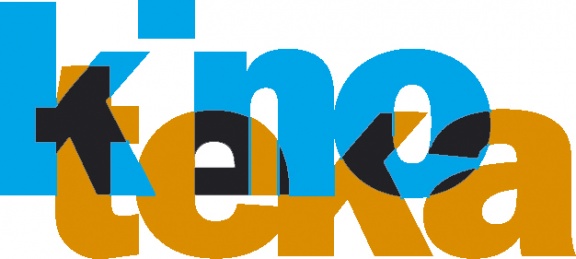Difference between revisions of "Slovenian Cinematheque Museum Department"
m (→Collections) |
m |
||
| Line 28: | Line 28: | ||
The [[Slovenian Cinematheque]] inherited its collection of the Slovene film history from the Slovene Theatre and Film Museum, which was split between the [[National Theatre Museum of Slovenia]] and the [[Slovenian Cinematheque]] during the 1990s. | The [[Slovenian Cinematheque]] inherited its collection of the Slovene film history from the Slovene Theatre and Film Museum, which was split between the [[National Theatre Museum of Slovenia]] and the [[Slovenian Cinematheque]] during the 1990s. | ||
| − | + | In 2008 the Fritz Lang's four sculptures – two flower pots and two busts of Bacchus from 1915 – which undoubtedly present the highlights of the collection, were presented at the exhibition ''Fritz Lang en Escultura'' in La Coruña, Spain, that revealed the importance of sculpture in Lang's films. | |
| − | |||
| − | |||
| − | |||
| − | |||
}} | }} | ||
| Line 38: | Line 34: | ||
Slovenian Cinematheque Museum Department houses a collection of posters, publications, photography and other museum objects related to Slovene film. | Slovenian Cinematheque Museum Department houses a collection of posters, publications, photography and other museum objects related to Slovene film. | ||
| + | |||
| + | The four sculptures created by a world-known filmmaker Fritz Lang (1890–1976) in 1915, were discovered in the 80s in Slovenia, and considered his only preserved fine arts work. Lang who enrolled in architecture and painting studies in Vienna and Paris in his youth, tried his hand at the local pottery workshop in Ljutomer, Eastern Slovenia, where he attended school for reserve officers during the WWI. The young artist and his sculpture is documented on the photography signed by Lang and sent from Vienna to his Ljutomer host, a lawyer Dr. Karol Grossmann (1864-1929), who pioneered Slovene moving images in 1904. | ||
==Exhibition programme== | ==Exhibition programme== | ||
Revision as of 23:10, 12 February 2010
Collections
Slovenian Cinematheque Museum Department houses a collection of posters, publications, photography and other museum objects related to Slovene film.
The four sculptures created by a world-known filmmaker Fritz Lang (1890–1976) in 1915, were discovered in the 80s in Slovenia, and considered his only preserved fine arts work. Lang who enrolled in architecture and painting studies in Vienna and Paris in his youth, tried his hand at the local pottery workshop in Ljutomer, Eastern Slovenia, where he attended school for reserve officers during the WWI. The young artist and his sculpture is documented on the photography signed by Lang and sent from Vienna to his Ljutomer host, a lawyer Dr. Karol Grossmann (1864-1929), who pioneered Slovene moving images in 1904.
Exhibition programme
In addition to smaller exhibitions of documents and objects from the collections, the museum department presents small displays accompanying film festivals or cooperates with museum institutions abroad.
Publishing
Several catalogues and other publications have been prepared in co-operation with the Slovenian Cinematheque Research and Publishing Department, e.g. exhibition catalogue Fritz Lang - Sculpture / Cinema in Slovene painting of the Twenties, that was presented in 2004 at the A+A Gallery,Venice.
Projects
The department initiated the Ita Rina Museum at Škratelj Homestead in Divača, and collaborates with the Divača municipality in expanding it into the Museum of Slovene Actors.




